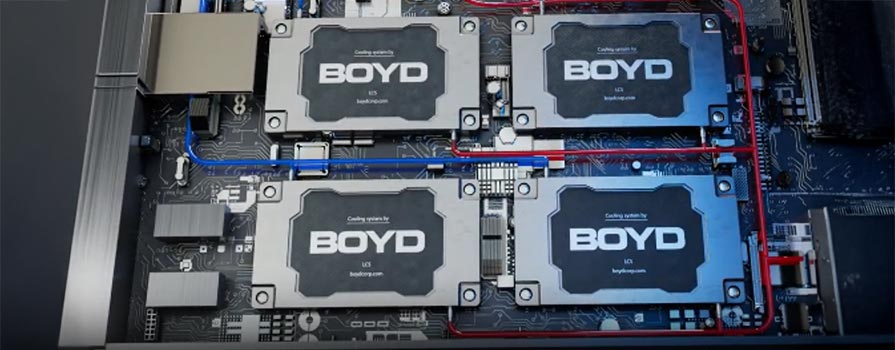What Is Rubber Bloom?
Bloom refers to formation of a dust or film on the surface of rubber compounds. The particulates that create bloom are recrystallized rubber compounds that are insoluble or unable to stay within the rubber as the material cools down to room temperature after vulcanization. While rubber bloom itself is not harmful, it can affect the appearance of rubber products and may require cleaning to maintain their aesthetic appeal.
What Is Rubber Bloom Made of?
Many rubber compounding materials have limited compatibility with the elastomer in use, which is why bloom is a common occurrence. Bloom can be either solid or liquid compounding materials. These compounds migrate to the surface of the rubber component and appear as rubber bloom. Bloom includes both dry bloom, typically a fine, white, powdery substance, and wet bloom, which is also known as exudation, bleeding, or oily bloom.
Learn more about Rubber in our Material Science Section.
Does Rubber Bloom Impact Function?
Rubber Bloom is a common, superficial phenomenon that does not affect the functionality of rubber or its ability to seal.
O-Rings, rubber gaskets, and door seals all experience bloom and still maintain their material integrity and function. In severe cases, it may make the surface of the rubber feel tacky or slippery, but still not impact rubber function.
While it may cause the rubber to look dirty or unattractive, Rubber Bloom is common and is not considered defective as it does not inhibit proper function of the rubber. In some cases, bloom can be used intentionally to help protect the component as a modified bloom.
How Do I to Mitigate Rubber Bloom?
Store rubber products in cool, dry environments. Minimizing exposure to heat and humidity can help reduce the likelihood of bloom formation.
Manufacturers may optimize formulations and process conditions to reduce bloom. Rubber bloom may still form on rubber components despite these measures.
Learn more about Boyd’s rubber forming capabilities.
Simple Questions to Identify Bloom

- Did the particulates develop during storage or shipping?
- Does it disappear when heated?
- Can it be removed with a solvent wipe?
- You may need to try several solvents to find the right one.
What if the rubber had surface particulates before storage and shipping?
- You may have surface contamination or organic haze on your product.
- Your rubber components are still in-tact and functional. This haze is strictly cosmetic in nature and can be cleaned off components if appearance is critical.
What if heating doesn’t affect the particulate?
- You might have oxidized anti-degradant left on the rubber, a material used to prevent aging of your rubber. A basic zinc stearate or soap was left on your parts.
- Both the leftover protective material or cleaning agents are natural occurrences for rubber products and are no cause for concern.
What if multiple solvents won’t remove the film off the rubber?
- If you’ve tried several solvents, try a complex agent to clean your parts. If that doesn’t work, you may have haze due to organics.
- Again, this is a cosmetic issue and should not impact user acceptance, especially as many rubber components are used internally.
So don’t immediately worry if you see rubber bloom on O-rings, rubber gaskets, and door seals. Most bloom is harmless, but if you have any questions or need a rubber solution for your sealing or damping needs, Contact Us!






